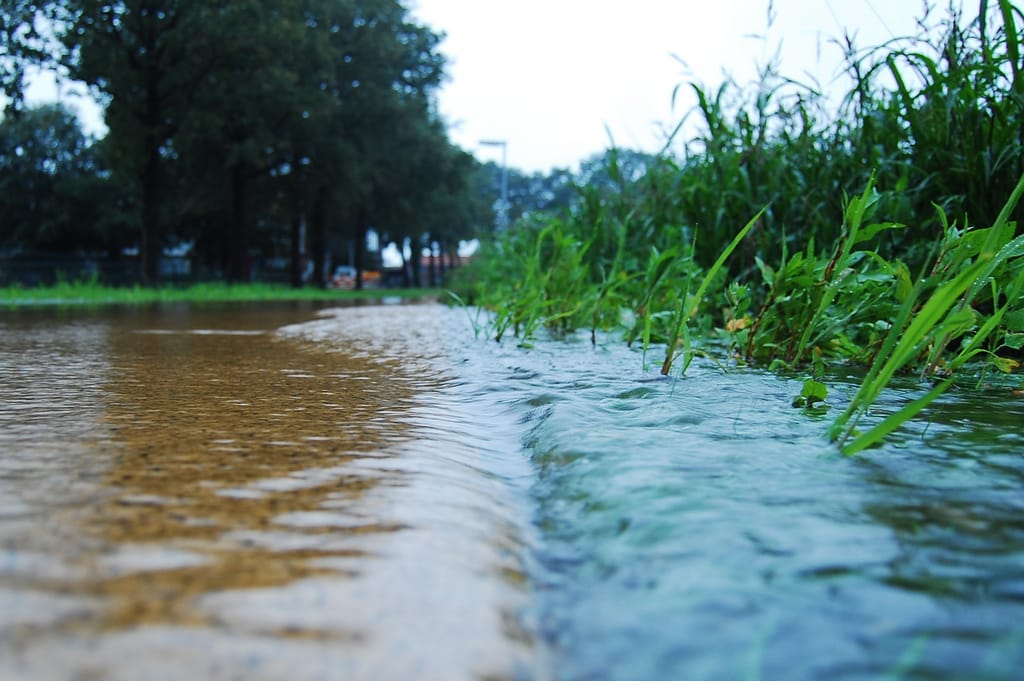
THE LAW
Stormwater disputes are currently
regulated by Common Law principles – i.e. developed through decisions of courts
or tribunals, rather than through legislative statutes. Courts create
precedents by treating matters with similar facts similarly on different
occasions.
The current precedent is the
matter of Pappalardo v Hau (2010) All SA 338 (SCA), which refers to rights and
obligations of neighbouring owners in urban environments and whether a lower
owner is obliged to accept rainwater flowing onto his property from a higher
lying neighbour.
The court discussed the judgment
handed down in the matter of Williams v Harris 1998 (3) SA 1970 (SCA) wherein
it was decided that a lower owner is only obliged to accept “natural flow” i.e.
flow which would have occurred before development of urban erven. The higher
owner seeking enforcement of his right was obliged to prove what “natural flow”
was.
The facts with the Pappalardo case IN BRIEF:
The relevant High Court ordered
Pappalardo, to permit his neighbour to insert drainage ports in the wall which
he had constructed along a common boundary, to allow rainwater gathering on the
neighbour’s side, to flow down the natural slope of the two properties onto the
appellant’s erf.
The High Court held that the appellant, as the
owner of the lower lying property was obliged to accept water from his higher
lying neighbour.
The Supreme Court of Appeal held
that the appellant’s obligation was limited to the “natural flow” of rainwater
between the properties.
WHAT IS NATURAL FLOW:
Natural flow is the quantity and
locality in which the water would have flowed over the land in its undisturbed
state.
The Court confirmed the common
law position but said that such a legal maxim does not apply in the developed
urban environments where development and construction have altered the natural
flow of stormwater. In such an environment the determination of “natural flow”
is virtually impossible by the establishment of a modern urban township.
The Court held that plain common
sense should also play a role.
If it is practical to drain stormwater into the street the
owner must do so. However, in most cases where disputes arise, it is not
practical or possible to drain the stormwater to the street. Such disputes
could best be resolved by agreement between neighbours.
COMMON LAW, TOWN PLANNING SCHEMES AND NATIONAL BUILDING
REGULATIONS
Assistance is provided in considering the combination of
Common Law, Town Planning Schemes and National Building Regulations.
Regulation R1 of the National Building Regulations
states:
1. The owner of any
property is responsible for controlling & disposing of any accumulated
storm water that might come off any building, paving, or earthworks.
2. Regulation R1 is only applicable if storm water from a
high-lying property, at the discretion of the Municipality, would cause
“significant damage” to a lowlying property. (“Significant” = major) 3. In this
case, Regulation R1 can be enforced by the Municipality.
4. In the case that water from neighbouring properties
create a nuisance, but not significant damage, Regulation R1 cannot be enforced
and any issues arising remain the responsibility of the owners.
5. It is each property owner’s right to connect to the
municipal storm water system. It is the owner’s responsibility to direct any
water to the erf boundary, by means of a suitable pipe or channel, at which
point the Municipality will provide the connection into the system free of
charge. This is only applicable to residential properties.
6. Such a connection from residential property, where it
runs over a sidewalk into the storm water system or street, must be coordinated
with an engineer.
Special cases
1. In a block of properties, where water cannot be taken to
a road, but rather accumulates at the lowest property, it is the owner of the
higher-lying property’s responsibility to lead the water over the neighbouring
property.
2. In the case where the owner of a lower-lying property
builds a boundary wall and is causing the owner of a higher-lying property the
inconvenience of ponding surface water, the matter must be resolved between the
property owners.
Stormwater connection to sewage system
As per article 56(6), 67(7) and 69(3) of the Municipal
By-laws, it is an offence to dump storm water into the sewage system.
CONCLUSION
According to common law, the
owner of a property must when developing the site, dispose of storm water off
the property without causing damage to any lower-lying properties. This can be
achieved by directing water to the nearest street where possible, or
alternatively, cross the lower-lying property by means of a suitable stormwater
system – in consultation with the owner of such property – so making reasonable
precaution not to cause damage to any lower-lying properties.
• The owner of the low-lying
property must allow the owner of a higher-lying property to route water over
the property by means of an acceptable stormwater system.




